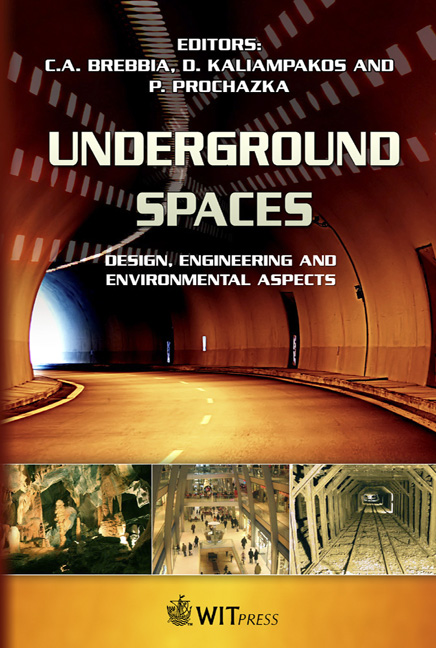Fragments Of A Buried Urban Past Revealed Through Multi-layered Voids Hidden Below The Mosque Of St. Daniel: The Case Of The Underground Museum In Tarsus
Price
Free (open access)
Transaction
Volume
102
Pages
9
Page Range
129 - 137
Published
2008
Size
3,134 kb
Paper DOI
10.2495/US080141
Copyright
WIT Press
Author(s)
M. Cetin & S. Doyduk
Abstract
The historical process of urban-architectural layering in cities appears to accentuate the role of the intersections between various networks of urban circulation and public spaces from different eras. One of these spaces was recently unearthed in southern Turkey, where many civilizations have accumulated over the course of time. This underground building complex consists of cavities in addition to the remains of the foundations of a 16th century Ottoman bath, as well as the tomb of St. Daniel next to a Roman bridge vault that were recently excavated below 19th century Makam Mosque in Tarsus. The spatial formation here displays an extraordinarily complicated three dimensional stratification below the ground. This paper begins with historical research and analysis of space and continues with a design proposal to fuse all the religious, historical, geographical, architectural, spatial and material content into a single tectonic entity. Therefore, in summary, the paper addresses the issues of multi faceted design criteria regarding tangible and intangible aspects, and further discusses the issues such as; how such physical contexts enable multiple readings of history through spatial configuration, how geometrical grammar operates to narrate the history of urban stratification and how state-ofthe- art architectural and engineering technology co-exist in historic contexts. Keywords: urban archaeology, architecture, conservation, space, tomb of St. Daniel, museum, Tarsus, Turkey.
Keywords
urban archaeology, architecture, conservation, space, tomb of St. Daniel, museum, Tarsus, Turkey.





